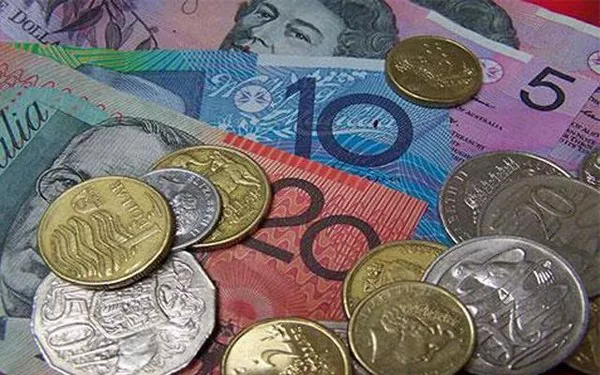The Australian Dollar (AUD) continued its upward trend against the U.S. Dollar (USD) for the second consecutive day on Friday, buoyed by stronger-than-expected domestic employment figures released Thursday. This data has prompted traders to reassess the likelihood of a Reserve Bank of Australia (RBA) interest rate cut this year.
Support for the AUD has also come from recent rate cuts in China, Australia’s largest trading partner. The Industrial Commercial Bank, Bank of Communications, and China Merchants Bank announced a 25 basis point reduction, which is expected to stimulate domestic economic activity and potentially boost demand for Australian exports.
China’s Gross Domestic Product (GDP) expanded at an annual rate of 4.6% in the third quarter of 2024, slightly lower than the 4.7% growth recorded in the second quarter but surpassing market expectations of 4.5%. On a quarterly basis, GDP rose by 0.9% in Q3 2024, an increase from 0.7% in the previous quarter, though below the anticipated 1.0%. Meanwhile, China’s Retail Sales for September climbed by 3.2% year-over-year, outperforming expectations of 2.5% and the prior figure of 2.1%.
The U.S. Dollar has edged lower as Treasury yields decline, although it reached a two-month high of 103.87 on Thursday, fueled by a solid U.S. Retail Sales report that has heightened expectations for Federal Reserve (Fed) rate cuts. According to the CME FedWatch Tool, there is a 90.8% chance of a 25 basis point rate cut in November and a 74.0% likelihood of another cut in December.
People’s Bank of China (PBOC) Governor Pan Gongsheng announced that the central bank has introduced specific guidelines to enhance stock buybacks and re-loans, emphasizing that credit funds must not illegally flow into the stock market.
National Australia Bank has revised its projections for the RBA, now anticipating the first rate cut in February 2025 instead of May, with a gradual decline expected to bring rates to 3.10% by early 2026.
In the U.S., Retail Sales increased by 0.4% month-over-month in September, exceeding the previous month’s 0.1% rise and the expected 0.3% increase. Additionally, Initial Jobless Claims fell by 19,000 to 241,000 for the week ending October 11, marking the largest decline in three months and significantly below the anticipated 260,000.
In Australia, the seasonally adjusted Employment Change surged by 64.1K in September, bringing total employment to a record 14.52 million, well above the expected 25.0K increase. The Unemployment Rate held steady at 4.1%, lower than the expected 4.2%.
RBA Deputy Governor Sarah Hunter reiterated the central bank’s commitment to managing inflation, highlighting ongoing price pressures despite well-anchored inflation expectations. Meanwhile, Fed officials, including Atlanta Fed President Raphael Bostic and Minneapolis Fed President Neel Kashkari, have indicated a cautious approach to future rate cuts, with Bostic expecting just one additional 25 basis point cut this year.
From a technical standpoint, the AUD/USD pair is trading around 0.6710. The daily chart indicates a successful breakout from a descending channel pattern, suggesting a potential shift from a bearish to a bullish trend. However, the 14-day Relative Strength Index (RSI) remains below 50, indicating persistent bearish sentiment.
On the upside, the AUD/USD pair may test the nine-day Exponential Moving Average (EMA) at 0.6724, followed by a key psychological resistance at 0.6800. Conversely, if the pair re-enters the descending channel, it could target its eight-week low of 0.6622 and the lower boundary of the channel around 0.6580.
Related Topics:

























